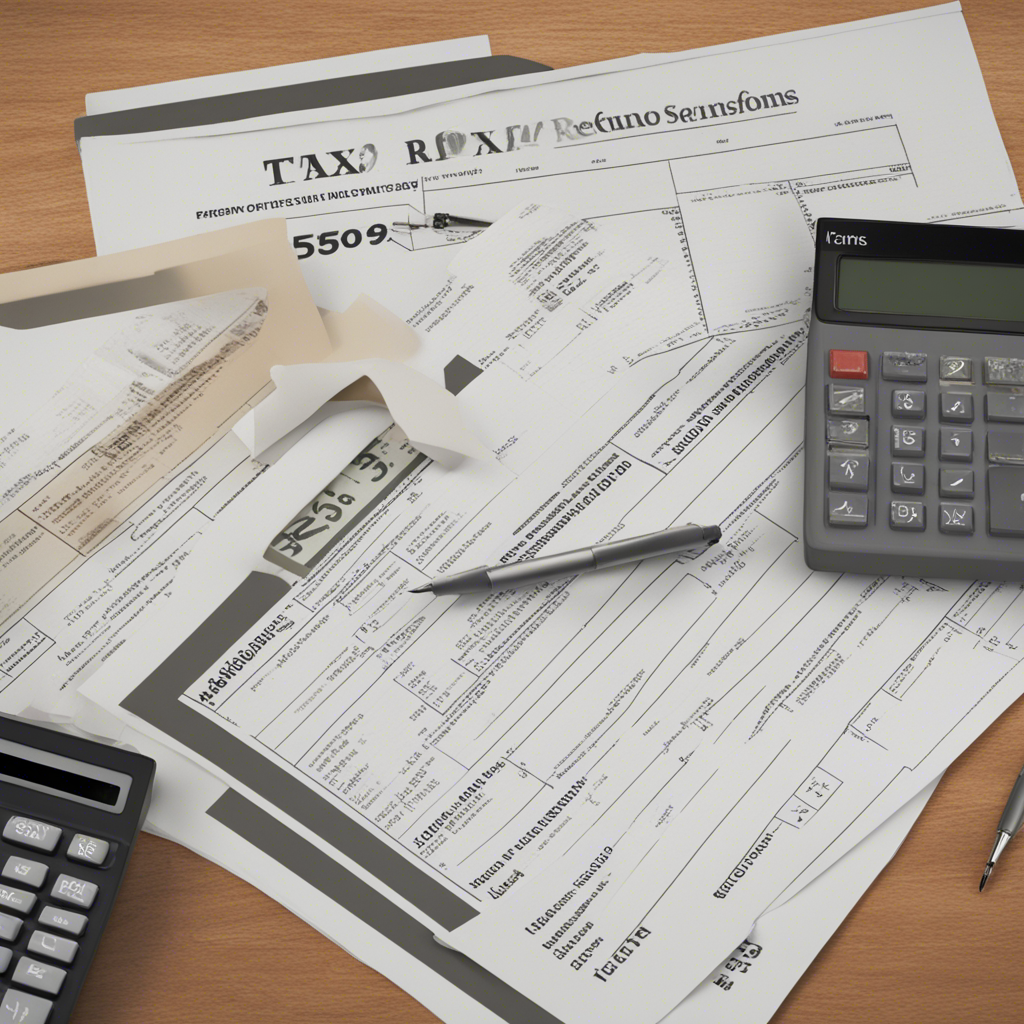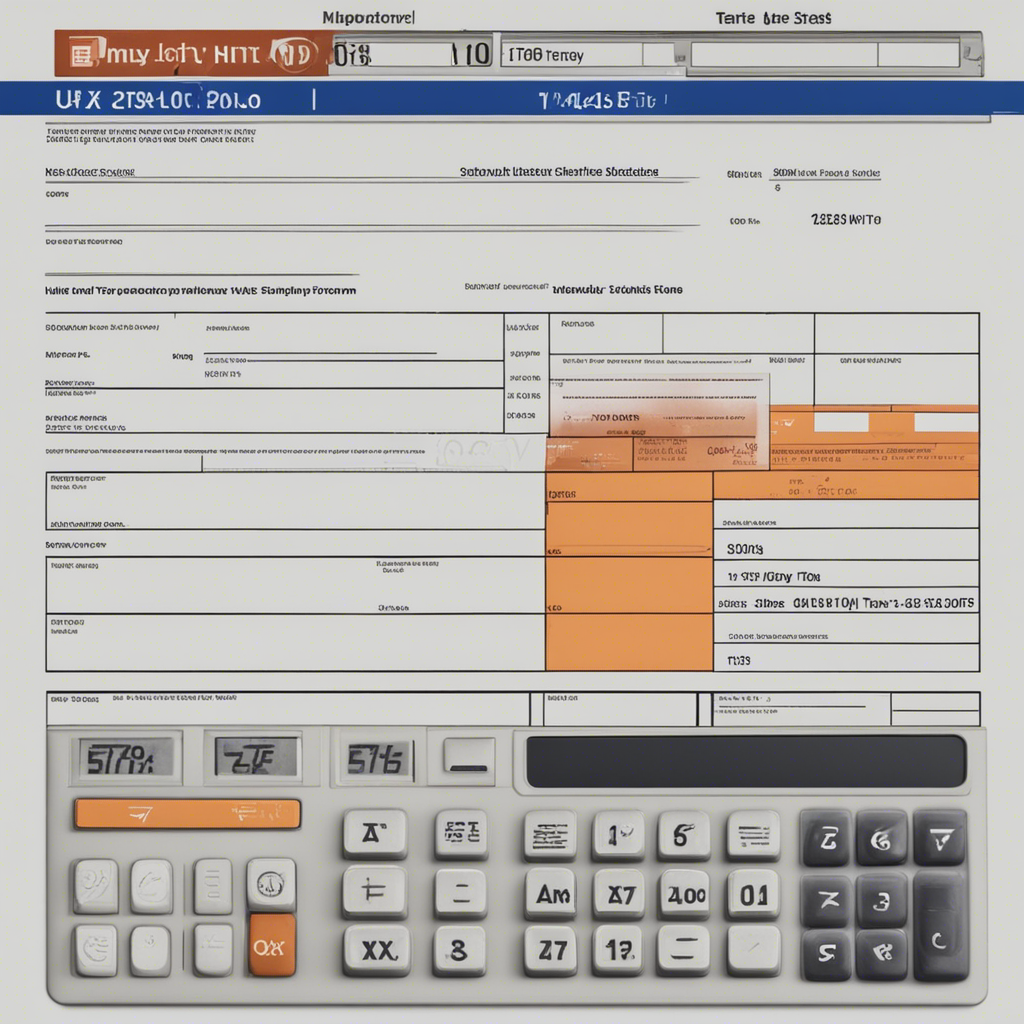
Retirement Planning: A Comprehensive Guide
Retirement is a significant milestone in life that requires careful planning and consideration. Whether you are just starting your career or nearing retirement age, it is essential to have a comprehensive strategy in place to ensure a financially secure future. In this blog post, we will explore various aspects of retirement planning and provide you with a step-by-step guide to help you make the most of your retirement years.
1. Understanding Retirement Planning
Retirement planning involves setting aside funds and considering various financial strategies to meet your desired lifestyle goals during retirement. It typically involves determining how much money you will need, selecting appropriate investments, and estimating the time required to accumulate the necessary funds.
1.1 Why Retirement Planning Matters
Retirement planning is crucial because it allows individuals to maintain their desired lifestyle and financial independence during retirement. Without proper planning, retirees may face financial difficulties and have to compromise on their goals, which can be stressful and impact overall well-being.
1.2 Factors to Consider in Retirement Planning
Several factors need to be taken into account when you start your retirement planning journey. These include:
1.2.1 Age of Retirement
The age at which you plan to retire influences the amount of time you have to accumulate funds and the duration for which your savings will need to last. Traditional retirement age is generally considered to be 65, but many individuals choose to retire earlier or work well into their 70s depending on their personal circumstances.
1.2.2 Retirement Lifestyle
Consider the lifestyle you envision for your retirement years. Will you be traveling extensively, pursuing hobbies, or downsizing your home? Understanding your desired lifestyle will help determine the amount of money you need to save and invest to support it.
1.2.3 Cost of Living
Take into account the cost of living in your desired retirement location. Expenses such as housing, healthcare, transportation, and leisure activities can vary significantly depending on location. Research and estimate your expected expenses to have a more accurate retirement plan.
1.2.4 Social Security and Pensions
If you are eligible for social security benefits or have a pension plan from your employer, it is important to understand how these income sources will factor into your retirement planning. Consider when you will start receiving benefits and how they will complement your savings.
2. Determining Retirement Savings Needs
To start your retirement planning journey, you must determine the amount of money you will need to accumulate to support your desired lifestyle during retirement. Several methods can help you estimate your retirement savings needs:
2.1 The 4% Rule
The 4% rule is a popular guideline used to estimate how much individuals can safely withdraw from their retirement savings each year without running out of money. According to this rule, if you withdraw 4% of your retirement savings in the first year and adjust subsequent withdrawals for inflation, your funds should last at least 30 years.
2.2 Retirement Calculators
Retirement calculators are online tools offered by financial institutions or independent organizations to estimate retirement savings needs based on various factors such as age, income, retirement age, and expected investment returns. These calculators provide a more personalized estimate tailored to your unique circumstances.
2.3 Consult with Financial Advisors
Working with a financial advisor can provide valuable insights and personalized guidance when determining your retirement savings needs. Advisors can help analyze your current financial situation, create a retirement plan, and recommend investment strategies to help you achieve your retirement goals.
3. Saving for Retirement
Once you have determined your retirement savings needs, it’s time to explore strategies to save and invest for retirement. Here are some common methods individuals use to accumulate funds for their retirement years:
3.1 401(k) or Employer-Sponsored Retirement Plans
Many employers offer retirement savings plans, such as a 401(k) or 403(b), which allow employees to contribute a portion of their pre-tax income toward retirement savings. These plans often include employer matching contributions, making them an attractive option to maximize retirement savings.
3.2 Individual Retirement Accounts (IRAs)
Individual Retirement Accounts, commonly referred to as IRAs, are another popular retirement savings vehicle. Traditional IRAs offer tax-deferred growth, while Roth IRAs provide tax-free withdrawals during retirement. Depending on your income and eligibility, you can choose between traditional and Roth IRAs or utilize both.
3.3 Regular Investment Accounts
In addition to retirement-specific accounts, consider investing in regular brokerage accounts. While these accounts do not offer tax advantages like retirement accounts, they provide greater flexibility in terms of contribution limits and withdrawal restrictions.
3.4 Health Savings Accounts (HSAs)
If you are eligible for a high-deductible health insurance plan, consider contributing to a Health Savings Account (HSA). HSAs offer tax advantages and can double as a retirement savings vehicle if used strategically. Contributions are tax-deductible, earnings grow tax-free, and withdrawals for qualified medical expenses are also tax-free.
4. Building an Investment Portfolio
A well-diversified investment portfolio is crucial for long-term growth and protection of your retirement savings. Consider the following when building your retirement investment portfolio:
4.1 Asset Allocation
Determine the appropriate mix of asset classes such as stocks, bonds, and cash in your portfolio based on your risk tolerance and time horizon. Asset allocation aims to balance the potential for growth and capital preservation.
4.2 Diversification
Spread your investments across various sectors, regions, and types of assets to reduce the risk associated with any single investment. Diversification helps mitigate the impact of market fluctuations and improves the overall stability of your portfolio.
4.3 Risk Management
Regularly review and monitor your investment portfolio to ensure it aligns with your risk tolerance and retirement goals. Adjust your asset allocation and rebalance your holdings periodically to maintain a suitable risk level.
Conclusion
Retirement planning is a critical process that requires careful consideration and proactive steps. By understanding your retirement needs, saving diligently, and building a well-diversified investment portfolio, you can work towards achieving a financially secure and fulfilling retirement. Always consult with financial experts and consider personalized advice to make informed decisions that align with your unique circumstances.
Note: The information provided in this blog post is for educational purposes only and should not be considered as financial or investment advice. Always consult with a qualified financial advisor before making any investment decisions.






